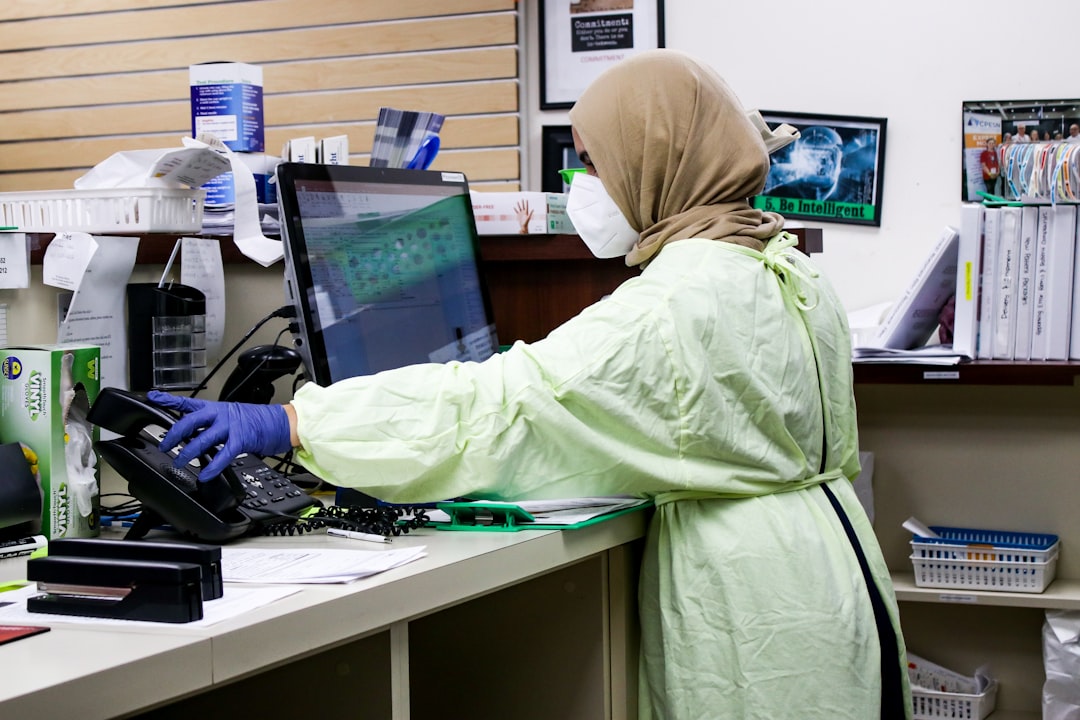What is it about?
Microscopes are indispensable devices of laboratories. They are widely used in industry and science, such as medicine, geology, biology, chemistry and so on. Thanks to the developing technology, manual microscopes are leaving their place to automatic systems. However, automatic microscopy systems are difficult to obtain due to their high costs. The best way to circumvent this problem is to reduce device costs as much as possible. Based on this idea, a fully automated digital microscope system (FADMS) has been proposed as a low-cost prototype. The FADMS can scan and autofocus for various microscopic samples. In addition, it can be controlled over the internet thanks to a developed software and can store scanned microscopic images. The total cost of the developed system is around 2500 US dollars. In experimental studies, mechanical motion sensitivity and focusing tests of the FADMS were performed. Five different methods were tested on peripheral blood smear images for autofocus. According to the results obtained based on six different measurement criteria, Brenner's and Geusebroek's method showed the best performance. In positioning tests for the mechanical stage (X and Y axes), the motors in the driving system were moved forward and backward for a distance of 100µm. The results obtained showed a deviation of 2.6µm for the X-axis and 3.6µm for the Y-axis. Experimental results show that micron-sized biological cells can be observed in detail. The FADMS has been designed in a modular structure that allows it to be replaced with lighting, optical system and imaging device alternatives. In terms of performance/cost ratio, the FADMS is attractive for high-throughput microscopy applications ranging from digital pathology to health screening in lowincome countries and is considered to be an alternative solution for many industries.
Featured Image

Photo by National Cancer Institute on Unsplash
Read the Original
This page is a summary of: Design of a low-cost and fully automated digital microscope system, Multimedia Tools and Applications, October 2023, Springer Science + Business Media,
DOI: 10.1007/s11042-023-17453-9.
You can read the full text:
Resources
Contributors
The following have contributed to this page










